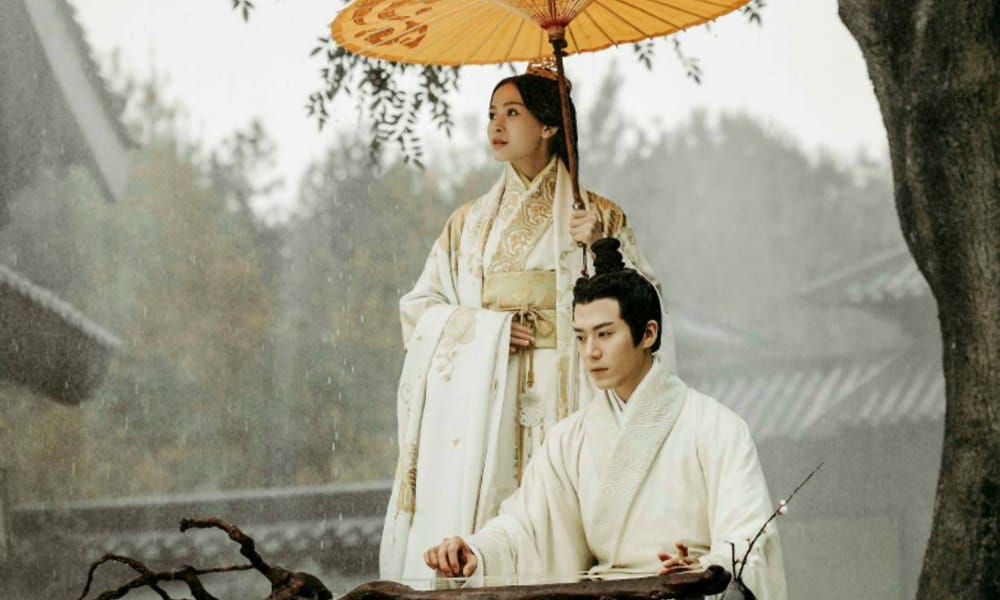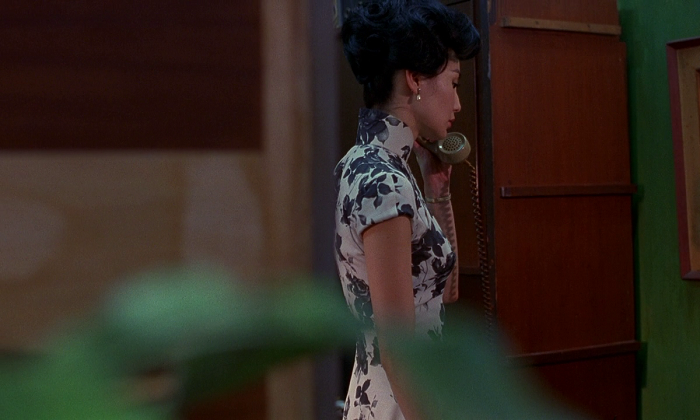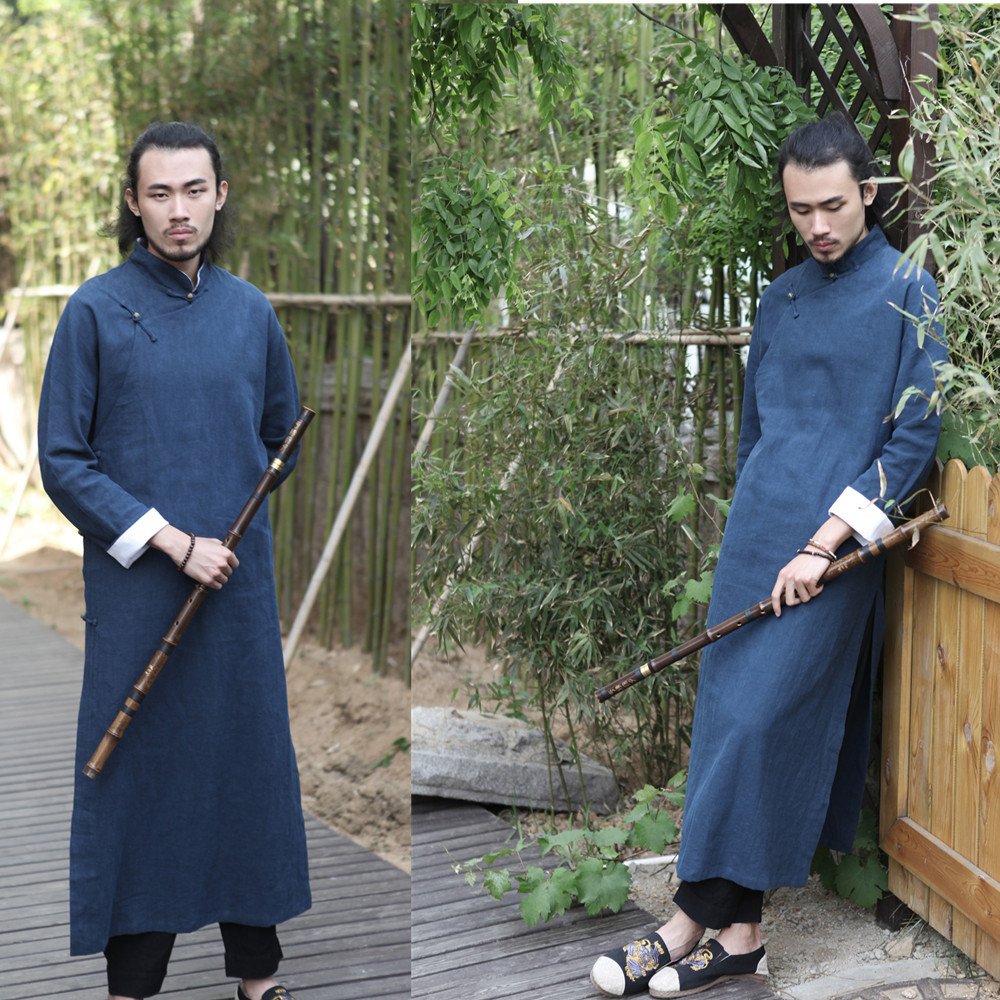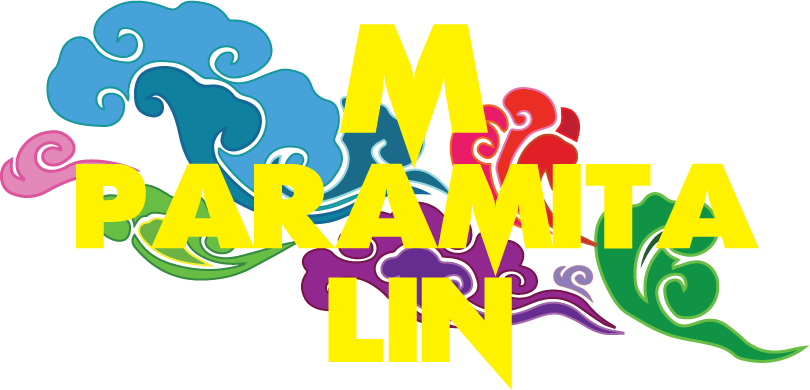
For the past decade or so, hanfu has been seeing a resurgence among Chinese people, with more and more people joining hanfu revival clubs and shops on Taobao selling replicas of varying quality. For those of you who aren’t familiar with hanfu, it’s one of the traditional Chinese outfits that (cough) inspired (cough) the traditional clothing of other East Asian cultures. If you’ve seen a Chinese historical drama set in pre-Qing dynasty where people are flying around in the sky thanks to qi power, like, say, Legend of the Condor Heroes, you’ve seen hanfu.
I am really happy to see this revival, but at the same time, I think my own experience wearing traditional Chinese clothing might be useful to those who are looking to start wearing traditional clothing themselves.
First, I’m going to begin with the easy traditional items: qi pao and chang shan.
Qi pao is very pretty, and it is also very uncomfortable to wear for long periods of time if you’re wearing a bespoke one (cheap versions are pretty comfortable because they’re not tailored to fit your body). I’ve written about how to wear qi pao before and I’ll paste it here now:
My trick for sitting in a qi pao is to cross my legs before I sit down, then gracefully perching on one buttcheek. Once my buttcheek is secure, I discreetly adjust the qi pao to allow the other buttcheek to land. By the way, as you’re bending to sit, don’t stick your butt out because that can strain and tear the fabric.
To get back on my feet, I usually wait until someone I know is passing by and then I demurely whisper, “Yo, grab my elbow and help me up, dude” If no one is nearby, I kind of slide out of the seat one buttcheek at a time. Once the first buttcheek is clear, I uncross my legs and stand up. This is all done with the maximum of grace and elegance, by the way.

As pretty as qi pao is, I much prefer chang shan for the comfort and ease of movement it gives you. However, there is also a warning I must give for chang shan: IT IS EXTREMELY WARM.
My first chang shan is a silk one that I had tailored, and GOOD LORD, that thing is like an electric blanket. I wore it during a Beijing winter which was deep into negative Celcius, and the chang shan was so goddamn hot that while visiting a cafe at 798, I chose to sit outside while my friends sat inside. The thought of sitting in a heated space in my chang shan made me feel nauseated, so I brushed off some snow off a chair and sat down in the nice cool outdoors (causing the nice barista to ask my friends if we were fighting and maybe to let me in).
I’ve been on the search for linen chang shan since, after hearing that it was a cooler fabric than silk, and after rejecting scores of bad-quality chang shan, I finally found a shop on Taobao that makes really nice cotton ones for a decent price. It’s sold out now but there are other versions here.
That’s what it looks like below (I got them in three colours):

Since I was visiting Tokyo with Pork Head during the tail end of winter, I thought it would be a good time to wear the chang shan. That way, I wouldn’t have to pack too many things–just the chang shan, jeans, and a coat–and still look somewhat put-together and more importantly, weather appropriate.
But…who knew cotton was so warm too? No one told me! It was around 4C in Tokyo while I was there, but it felt a lot more like 30C with the chang shan on (I did wear an undershirt and jeans with it but come on). In Osaka, I ended up ditching my coat entirely at Universal Studios Japan where the only people who were sweating and overheated were me and a white dude in shorts. Everyone else was in winter clothes.
Don’t get me wrong: the cotton chang shan is comfortable as hell, but I think I’ll only ever wear it in cool weather without a jacket and the silk one only when it’s -40C.
Now if you’ve already passed the qi pao and chang shan stage and want to level up to hanfu, I have to warn you that hanfu is EXTREMELY WARM too. It’s amazing because the impression it gives is one of lightness, but all those layers and fabric add up quickly, especially if your hanfu is made of synthetic fabric. And the thing about hanfu is that you can’t shed layers because you’ll ruin the look.
I don’t like to wear 100% authentic hanfu because, as the video notes below, it is not easy live a modern lifestyle with one. If you need to ride a bike, eat at a restaurant, or type on a computer, hanfu is a pain in the ass because the sleeves are too long and billowy and it’s very hard to keep it clean. However, the modernized versions that some of the people are wearing are much easier to wear.
If you’re looking for good-quality hanfu, you can try this shop on Taobao or this one. Both are excellent.
Finally, while I do appreciate when people are able to recreate a look authentically, I really would like to see hanfu mixed up with very modern pieces for the sake of contrast and interest and just plain fun. I know the seeds of these trends are out there, and I can’t wait to suddenly come across goth hanfu punks or hanfu hip hop heads while browsing Weibo.



